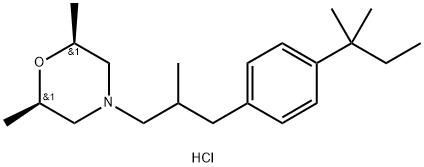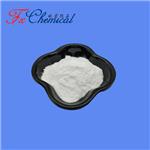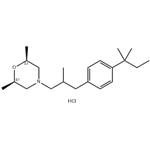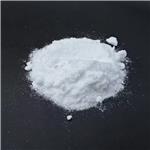Amorolfine hydrochloride is the first morpholine antifungal agent useful in the topical
treatment of onychomycosis. Mechanistically, it appears to inhibit two stages of the
ergosterol biosynthetic pathway, which is necessary for fungal cell viability. Active
against a broad spectrum of fungi, amorolfiie hydrochloride is particularly effective
against yeasts such as Histoplasma capsulatum, dermatophytes and dematiaceous fungi.
Amorolfine hydrochloride has been used as an antifungal agent.
ChEBI: A hydrochloride resulting from the formal reacton of equimolar amounts of hydrogen chloride and amorolfine. An inhibitor of the action of squalene monooxygenase, Delta14 reductase and D7-D8 isomerase and an antifungal ag
nt, it is used for the topical treatment of fungal nail and skin infections.
Loceryl (Hoffmann-LaRoche).
Amorolfine is a broad-based antifungal agent with fungicidal effects against most fungi, dermatophytes and yeasts. Amorolfine blocks ergosterol biosynthesis by interfering with delta 14 reduction and the delta 7-8 isomerisation.



